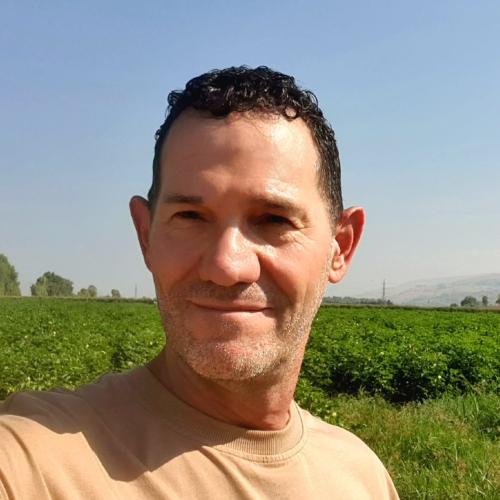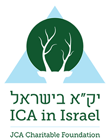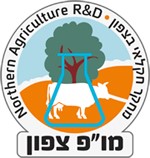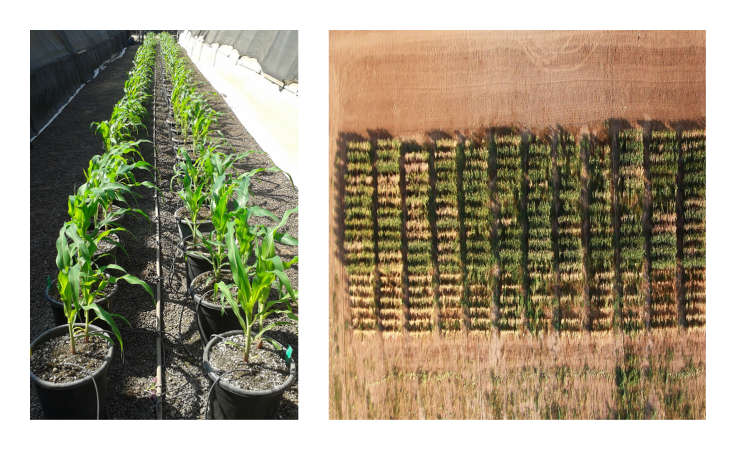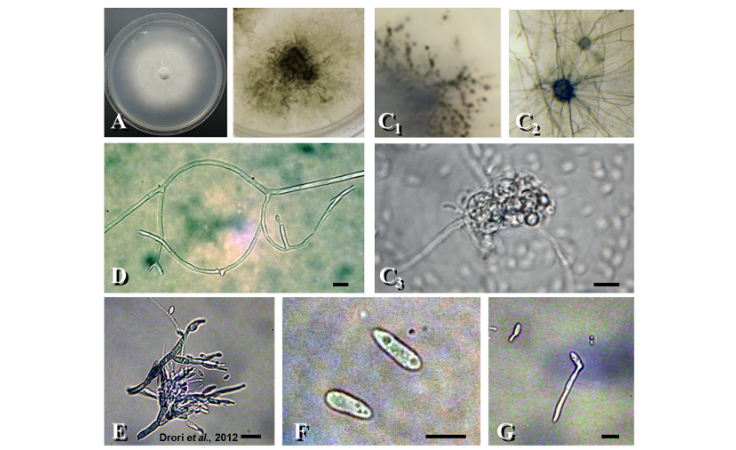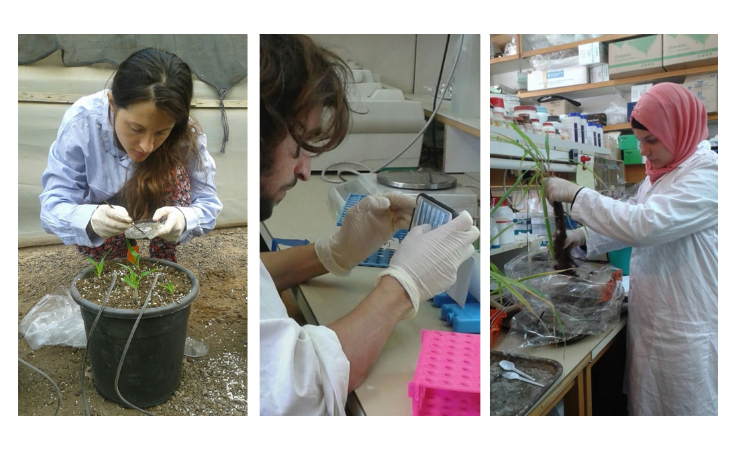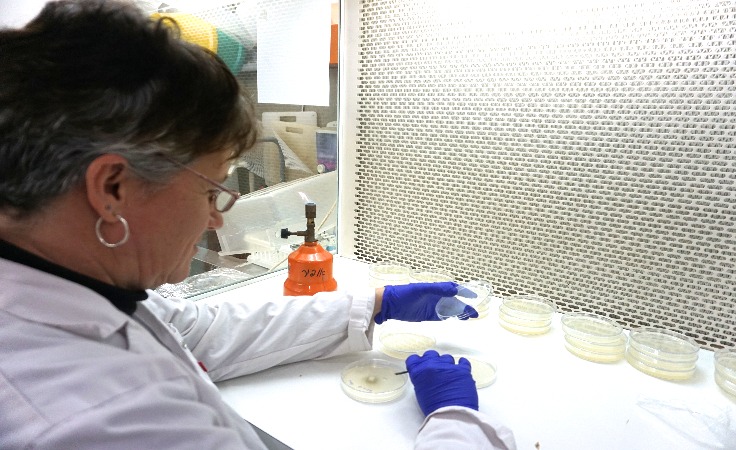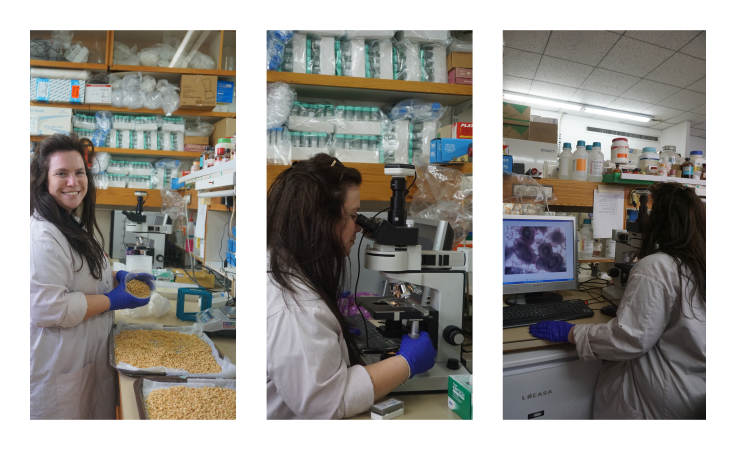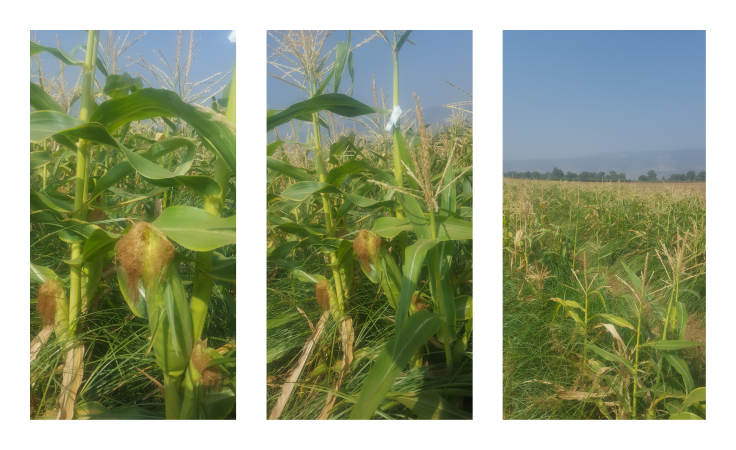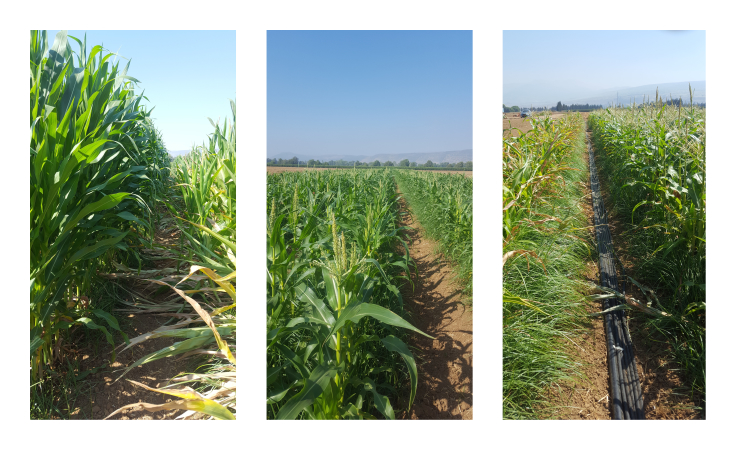Principal Researcher
Dr. Ofir Degani
Former Group Members
Dr. Ofra Dahar, Post-doctoral fellow (2018) (Israel).
Involvement of laccases in the maize pathogen Harpophora maydis - host interactions.
Ben Kalman, M.Sc. student (2020 Tel-Hai College (Israel).
Involvement of Fusarium oxysporum f. sp. cepae. in onion rot: Characterization of the disease cycle, diagnosis and control.
Shlomit Dor , M.Sc. student (2019) Tel-Hai College (Israel).
Inducing resistance and control against Harpophora maydis, the cause of the late wilt disease in maize.
Daniel Movshovitz, M.Sc. student (2018) Tel-Hai College (Israel).
Chemical protection against Harpophora maydis, the causing agent of maize late wilt.
Yuval Goldblat, M.Sc. student (2015) Tel-Hai College (Israel).
Host physiology and environmental stress involvement in the development and pathogenesis of Harpophora maydis and the application of seed dressing to control late wilt.
Shani Cohen, M.Sc. student (2014) Tel-Hai College (Israel).
Final project, track without thesis. Research topic is: Environmental conditions regulate the development of the maize late wilt-causal agent, Harpophora maydis.
Gilad Cernica, M.Sc. student (2012) Tel-Hai College (Israel).
The agent of Late wilt of corn, Harpophora maydis, pathogenesis and control.
Ran Drori, M.Sc. student (2009) The Robert H. Smith Faculty of Agricultural, Food and Environmental Quality Sciences of the Hebrew University of Jerusalem (Israel).
Involvement of Harpophora maydis in wilt of sweet corn: Characterization of the disease cycle and development of protection and control.
Funding
Latest Publications
Sustained Release of Azoxystrobin from Clay Carriers for the Management of Maize Late Wilt Disease
Plant-Friendly Microorganisms as a Bio-Barrier Against Pathogens
Integrated biological-chemical interface for eco-friendly control of maize late wilt and cotton charcoal rot diseases. Biological and Integrated Control of Plant Pathogens
Plant Fungal Diseases and Crop Protection
Contact Information
Research Group Leader
Dr. Ofir Degani
972-54-6780114
d-ofir@bezeqint.net

